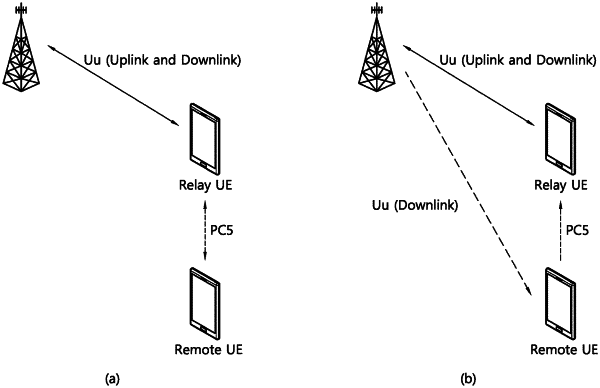| CPC H04W 72/20 (2023.01) [H04W 56/0015 (2013.01); H04W 72/02 (2013.01); H04W 92/18 (2013.01)] | 3 Claims |

|
1. A method performed by a first user equipment (UE) in a wireless communication system, the method comprising:
receiving, from a second UE, assistance information related to sidelink transmission of the second UE, wherein the assistant information includes information on a specific resource through which the second UE cannot receive the sidelink transmission transmitted from the first UE;
determining a time resource pattern for Physical Sidelink Shared Channel (PSSCH) for the sidelink transmission among remaining resources excluding the specific resource;
transmitting a first sidelink message, to the second UE, using the time resource pattern; and
transmitting a second sidelink message, to the second UE, using the time resource pattern;
wherein the time resource pattern is repeatedly applied only within the remaining time resources within a resource pool excluding the specific the specific resource,
wherein the specific resource includes a resource through which a synchronization signal is transmitted from a base station to the second UE,
wherein the second UE is a remote UE having a limited bandwidth capability, and
wherein the first UE is a relay UE having a greater bandwidth capability than the second UE.
|